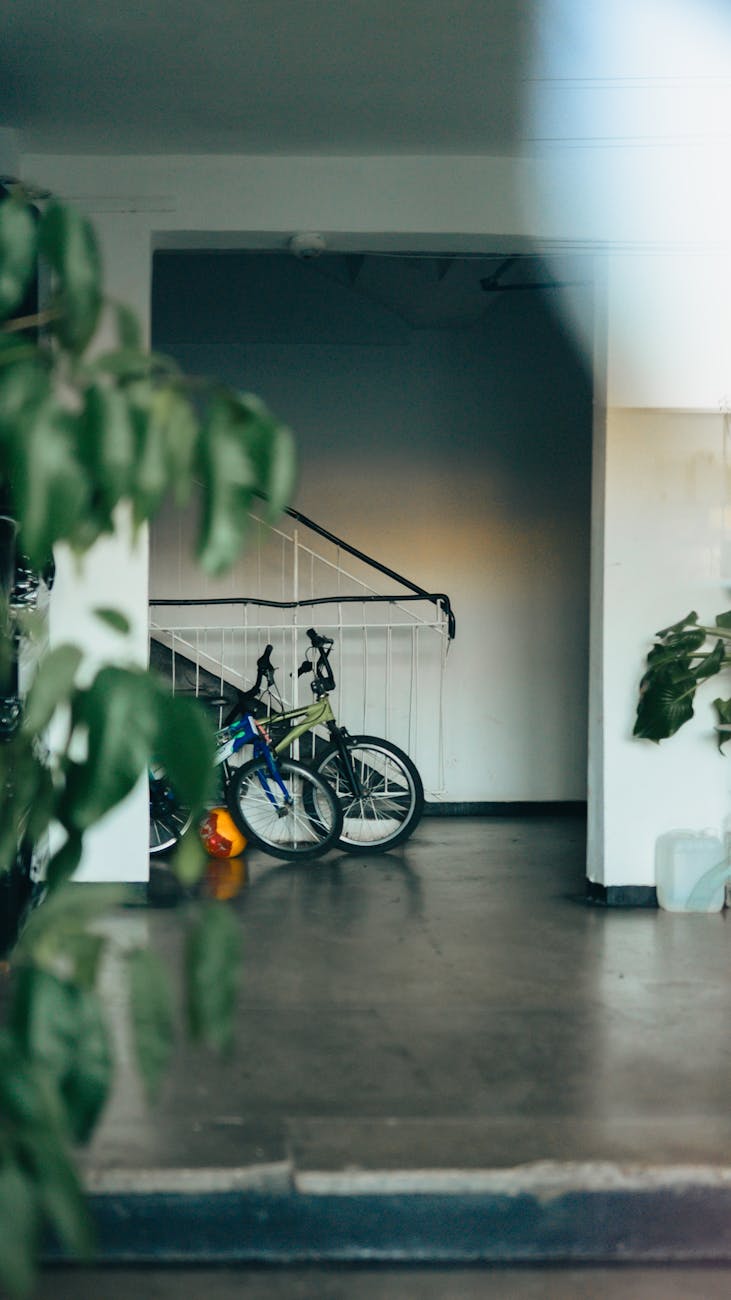In an increasingly complex world, the concept of design often gravitates towards the elaborate and the ostentatious. However, the idea of “Invisible Design” invites us to strip away the unnecessary, revealing the elegance and functionality inherent in simplicity. This article will explore how invisible design transforms everyday functionality, emphasizing the importance of user experience, the role of minimalism in our daily lives, and the impact of thoughtful design on enhancing usability. By recognizing the subtle cues and streamlined processes that lie beneath the surface, we can appreciate how effective design facilitates rather than distracts. Join us as we delve deeper into the transformative power of invisible design and its ability to enrich our interactions with the world around us.
Understanding Invisible Design
Invisible Design refers to creating products and environments that prioritize seamless user experiences by integrating functionality without drawing attention to design elements. This approach focuses on the following:
- Intuitive Functionality: Designs that feel natural and effortless.
- Consistency: Uniform elements that promote familiarity.
- User-Centric:** Solutions tailored to specific needs and behaviors.
By placing the user at the center, invisible design eliminates friction points, allowing interactions to flow smoothly. This kind of design can be seen in everyday technology, such as smartphones, where the interface is streamlined to minimize cognitive load, enabling users to perform tasks without struggling to navigate through complex menus.
The Role of Minimalism in Everyday Life
Minimalism serves as a guiding principle of invisible design. By stripping away excess, minimalism fosters an environment where essential elements stand out. Key benefits include:
- Clarity: Simplified visuals lead to a clearer understanding of functionalities.
- Focus: Reduced distractions allow individuals to hone in on tasks.
- Stress Reduction: A clutter-free environment promotes a sense of calm.
As our lives become more fast-paced, adopting minimalistic design principles can enhance productivity. For example, in workplaces, open floor plans and simplified furniture can create an environment conducive to collaboration while keeping distractions to a minimum.
Subtle Yet Impactful Aspects of Design
Effective invisible design often lies in its smallest details. Subtle cues can significantly improve usability. Below is a table representing some design elements and their effects:
| Design Element | Impact |
|---|---|
| Micro-animations | Enhance engagement by providing instant feedback. |
| Color Schemes | Influence mood and brand perception. |
| Layered Textures | Add depth while maintaining visual coherence. |
These small yet impactful aspects contribute to an overall sense of cohesion in any design project, making the user feel connected and understood, without overwhelming them with unnecessary visual stimuli.
Integrating Technology with Invisible Design
The rapid advancement of technology presents an opportunity to enhance invisible design principles. Smart devices, for instance, utilize invisible design by embedding technology into everyday objects. Features like voice recognition and gesture control minimize the need for physical interaction, allowing for a more seamless experience.
Examples include:
- Smart Thermostats: Learn user preferences and adjust settings automatically.
- Voice-Activated Assistants: Manage tasks hands-free, simplifying daily routines.
These technologies not only improve efficiency but also demonstrate how invisible design can support a lifestyle where users interact with devices without being burdened by their complexity.
To conclude, invisible design offers a refreshing perspective on how we engage with the world around us. Through the principles of intuitive functionality, minimalism, and the thoughtful integration of subtle design elements, we are equipped to transform everyday interactions into effortless experiences. Embracing these ideas can significantly enhance our quality of life, making tasks simpler and environments more enjoyable. As we move towards an increasingly complex future, prioritizing invisible design will ensure that functionality prevails, ultimately leading us to a more harmonious relationship with our surroundings. In this journey, the most profound changes often come from the simplest solutions.
Image by: Joslyn Pickens
https://www.pexels.com/@joslyn-pickens-2185980




